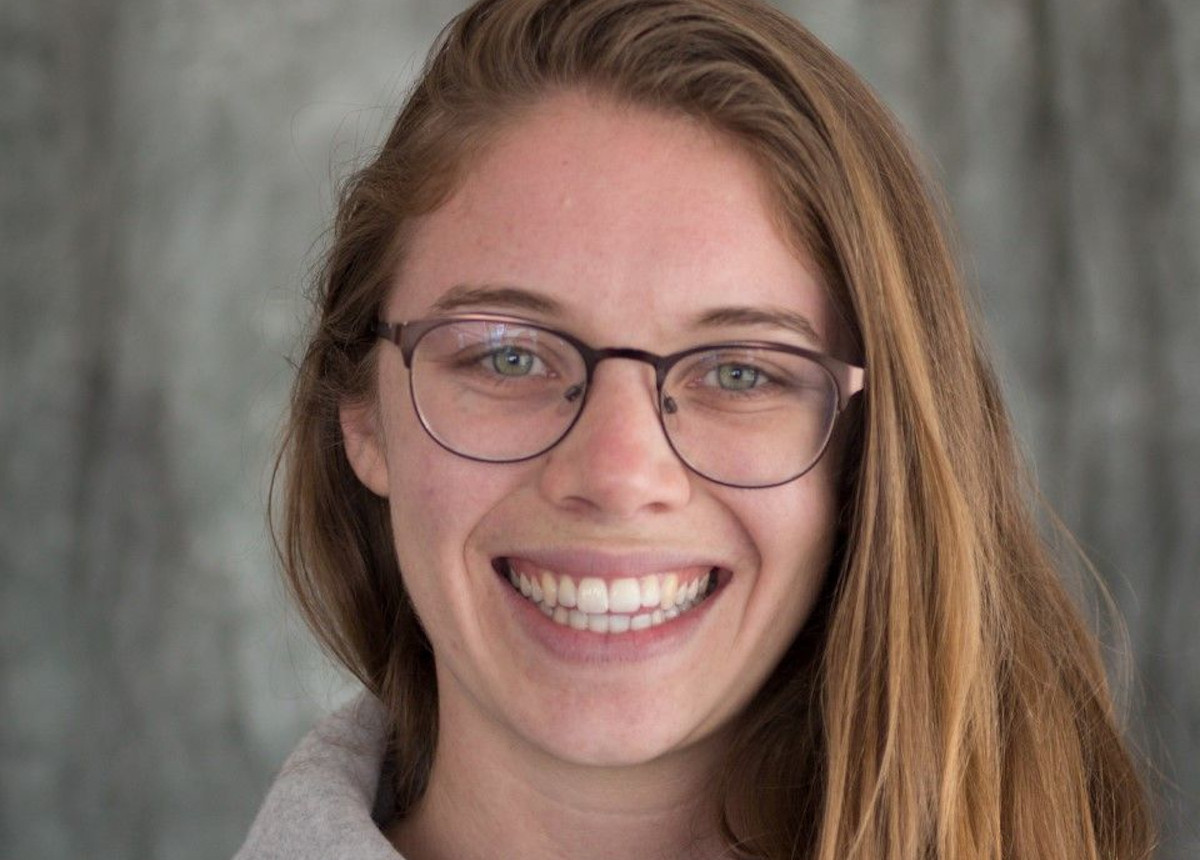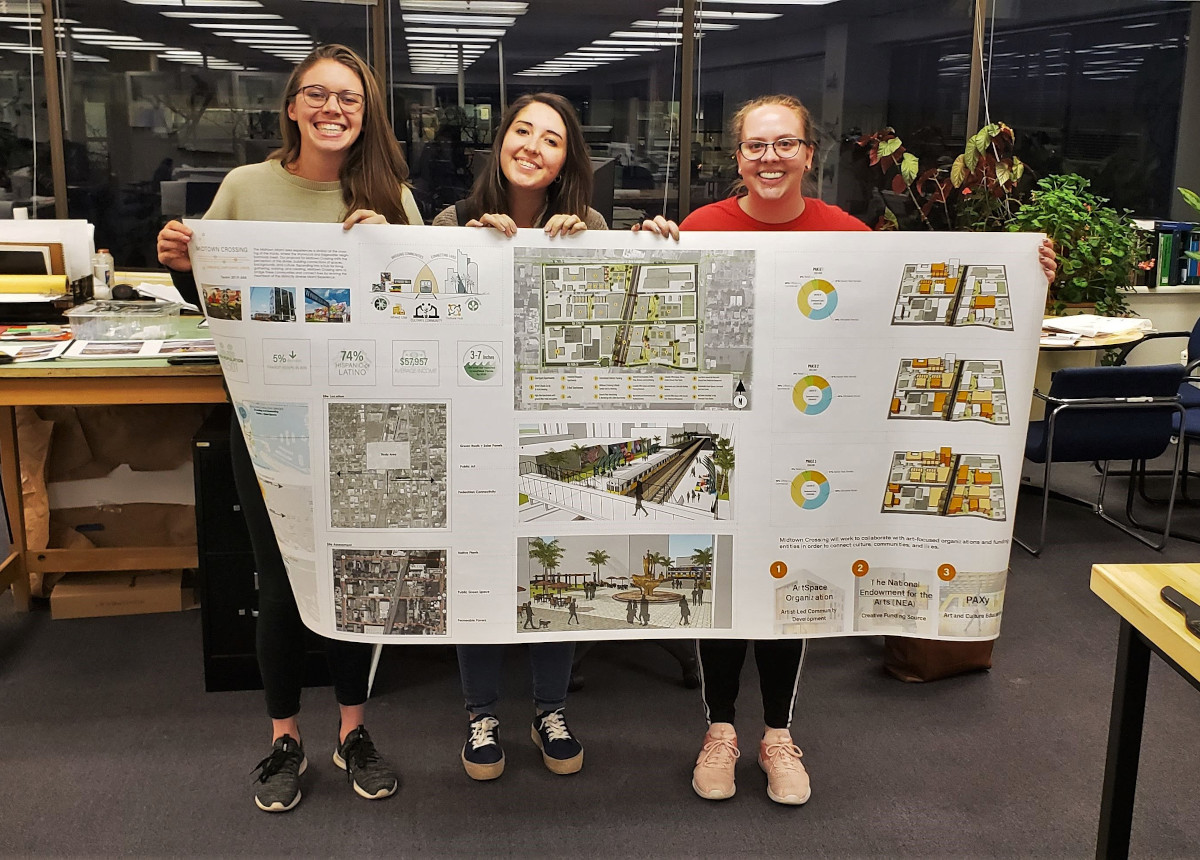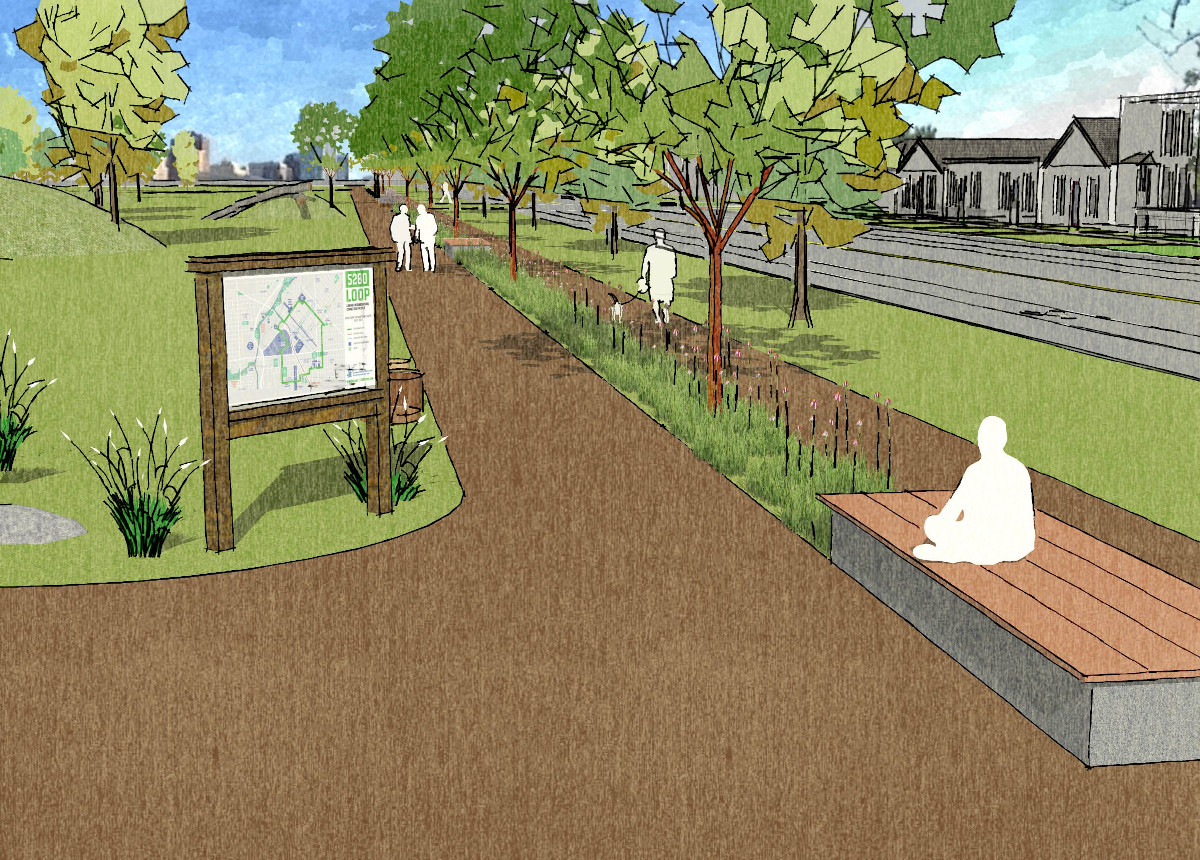Student Q+A: Paige Johnson (MURP '21)
May 12, 2021
Undergraduate School and Major: Luther College, Decora, Iowa; Biology
Program: Masters of Urban and Regional Planning, 2021
In our Student Q+A’s we profile the students of the University of Colorado Denver’s College of Architecture & Planning (CAP). We sat down with Paige Johnson, one of the CAP’s 2021 Outstanding Graduates to learn more about her background, what attracted her to the CAP, her breakthrough moments during her education, and her plans post-graduation.
Tell us a little bit about why you chose the CAP and what your experience has been like?
I was working in biomedical research at the University of Colorado Medical School in Aurora and was considering a career change to public health. I started taking classes part-time at the Colorado School of Public Health but was more curious about the built environment’s role in health outcomes over anything else. I got connected with another MURP student at that time and met with some of the faculty at CAP to see if urban planning would be the right move for me. After living and working in Colorado for a few years already, and seeing how personable the CAP faculty is, it was a quick decision for me to enroll at CU Denver and pursue my MURP degree.
Did you have any breakthrough moments during your education experience? If so, what were they and when did they happen?
Most of my breakthrough moments in the program have been through hands-on opportunities learning directly from community members and users of the built environments. Sitting in the classroom applying skills took me halfway, but my time spent talking to transit riders about riding the bus, going to neighborhood events and meetings, and organizing webinars to engage populations often left out taught me the most about planning for communities. These were experiences that helped ground me and reminded me that planning really does impact people’s lives in super real and tangible ways. I think opportunities to listen to people are what really will make the most difference in how I approach my work down the road.
How have you grown since coming to the CAP?
Sometimes it’s hard to believe how many skills I’ve built and gained since starting the program. Before this, I’d never used Adobe software or GIS, hadn’t read a zoning ordinance, and only read city plans for fun. My experience with planning was mostly through a health lens and from playing computer games like the Sims. I’ve since become confident in my graphic design and mapping skills, have spent over a year working with a zoning and land use planning team, have learned an immense amount from communities across the city, and have grown in so many ways as a leader and advocate for planning issues and projects. I literally don’t know what to do with all this knowledge.

Picture of Paige Johnson (left) with teammates Sarah Grossi and Kortney Harris holding up their final submission poster for the ULI Hines Student Competition (2020).
What does life after CAP look like for you?
I am hoping to stay in Denver or Colorado for the time being to continue building my networks and knowledge of the planning issues and solutions here. I would love to work in some capacity doing resiliency or community development work (or both) and in my downtime, I will be staying active outside with my dogs."Paige's quiet demeanor belies her energy and drive. In the various classes she had with me, and on a research project about policing in the U.S., I've seen her analytical mind at work. Few students can go above and beyond, excel academically, and be in leadership positions. Paige also presided over the American Planning Association's student chapter for the Master of Urban and Regional Planning Program. If her tenure at CAP is any indication, I know that she has a bright career ahead," Manish Shirgaokar, Ph.D., AICP, Assistant Professor, Department of Urban and Regional Planning
What opportunities at the CAP are there for students to connect their designs to real-world issues?
There were lots of opportunities in my coursework to connect to real-world issues and project sites, but I think the biggest thing that CAP gave me was the confidence and platform to seek out opportunities outside of the classroom.
Of note for me are APAS webinars that I was a part of organizing this year. The series started as a conversation over coffee with a friend and grew into some great panels about how our work and designs impact various unique communities in different ways. For me, the panels were a way for me to pursue learning opportunities for myself and my peers around topics I personally felt were important to talk about and I’m very grateful to CAP and other programs within it for helping to facilitate those experiences.

Sketchup rendering completed for Planning Workshop of a proposed streetscape design along Mariposa Street in La Alma-Lincoln Park
Do you plan to continue to be a part of the CAP community? If so, how?
I would love to stay involved with the MURP Alumni Association after graduation and show my support for some of the programs and events put on by the CAP programs and the APAS student organization.Interview conducted and condensed by Agency PR